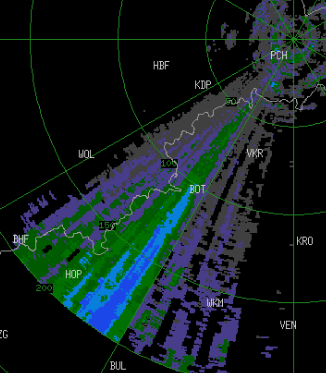

If you have wireless issues, first make sure that the hardwired connection from your service provider or ISP is not at fault. Use the following suggestions to fine-tune your WiFi setup. That is where your neighbors come into the picture.

One of the most common sources of WiFi interference is WiFi signals and static from nearby electrical supplies. However, your WiFi problems also could be caused by your neighbors. Typically, you can trace wireless connectivity problems to a shortlist of culprits: signal congestion, router location, firmware issues, hardware shortcomings, and the physical size of your home or office. It is susceptible to the same kinds of problems - interference, penetration blocks and range limitations. It is the same technology that FM radio, smartphones and television rabbit-ears use. Your home or office WiFi network distributes Internet bandwidth using radio signals. Your goal is twofold: 1) You want to avoid paying for hardwired Internet connections throughout your house or office to bypass slow or unstable wireless connectivity 2)You want to avoid buying more expensive wireless routers that still might be subject to interference. Unless you are lucky, the solution is not as simple as changing routers. Interference can cause slow delivery, higher latency than hardwired connections, frequent disconnects and reconnects, and sometimes a complete inability to access a WiFi signal.

Yet in practice, your wireless reception often will be plagued with interference issues. In theory, all you need is a shiny new router for hassle-free wireless connections in your home or small office.


 0 kommentar(er)
0 kommentar(er)
